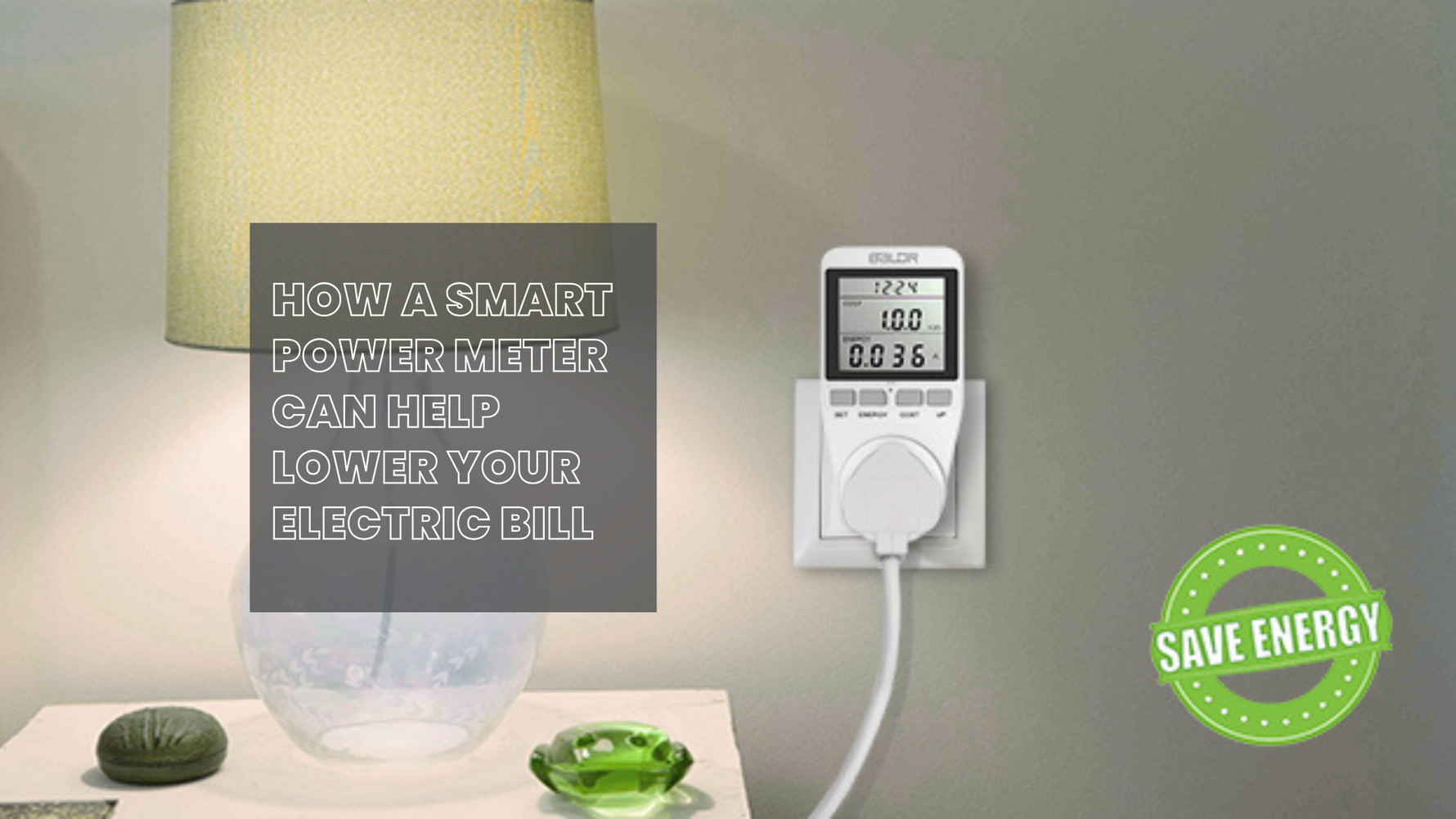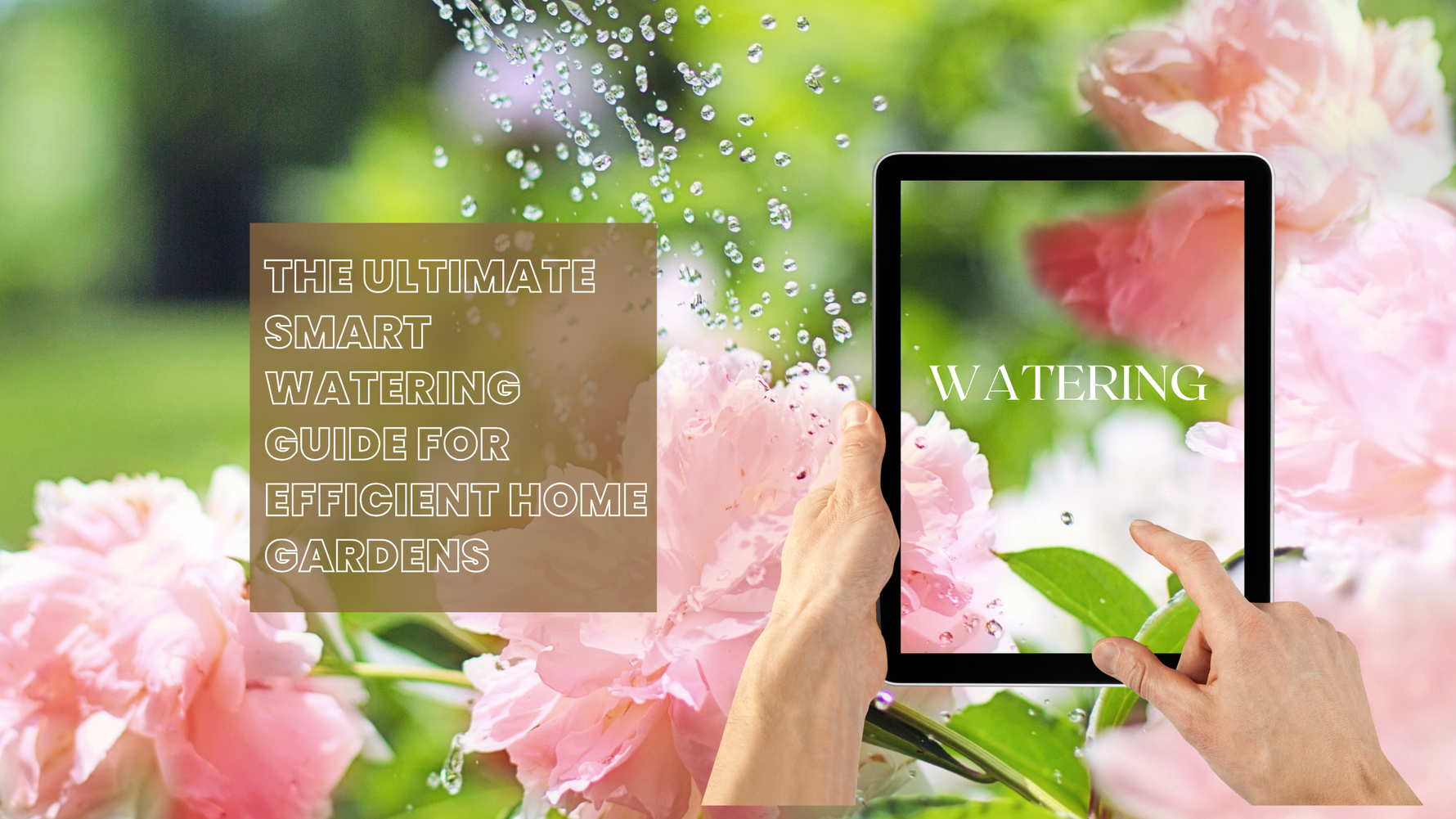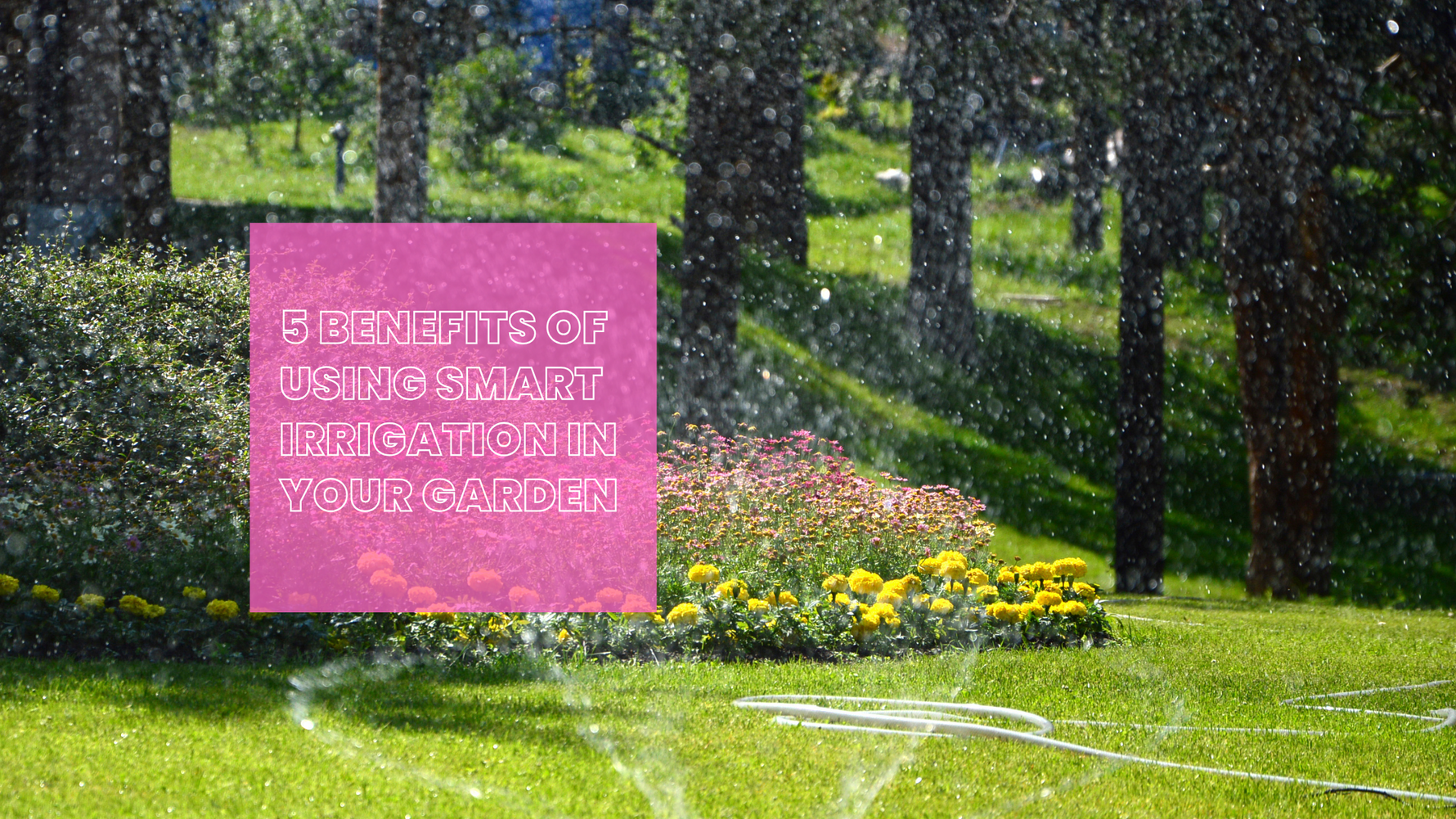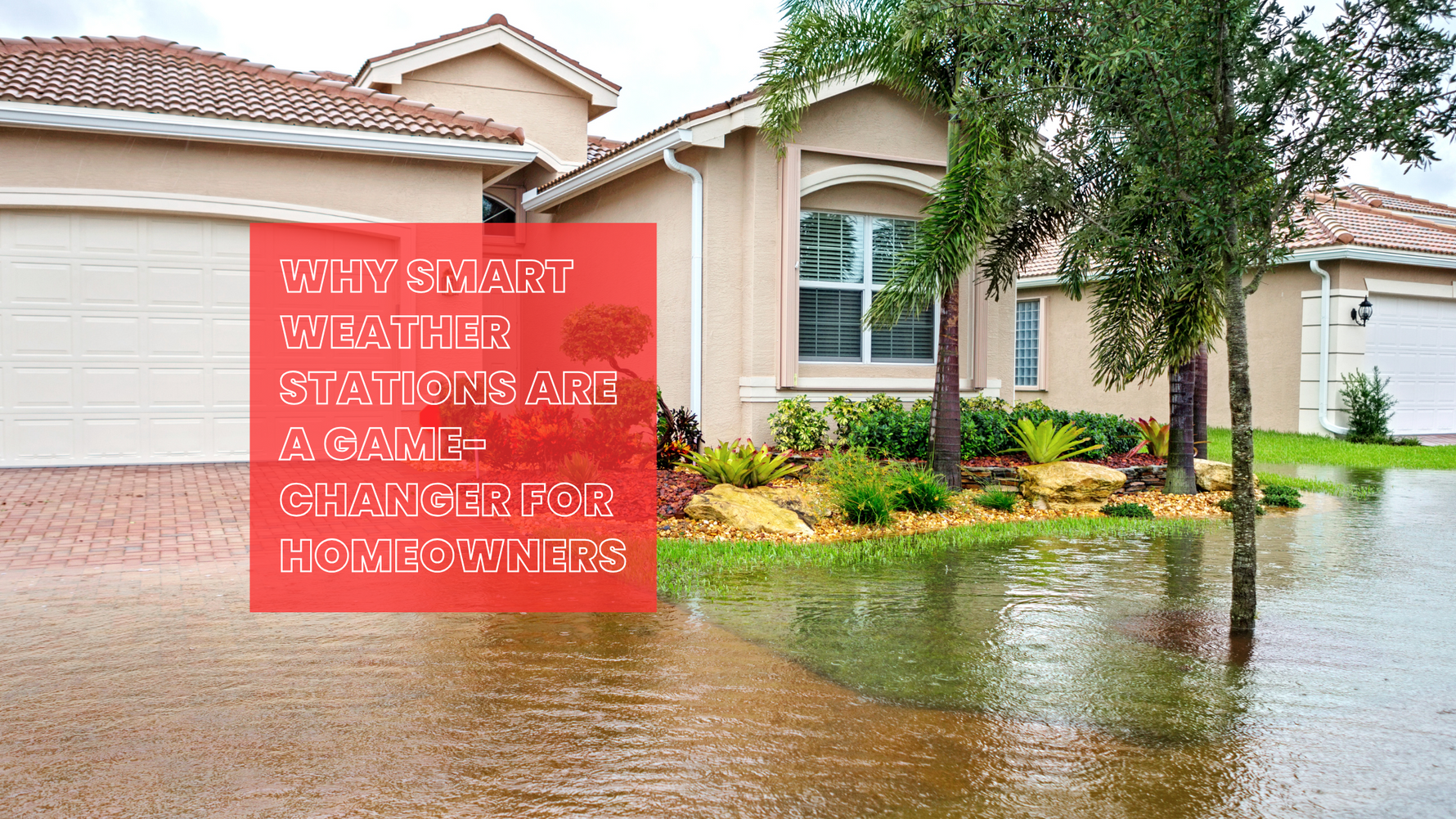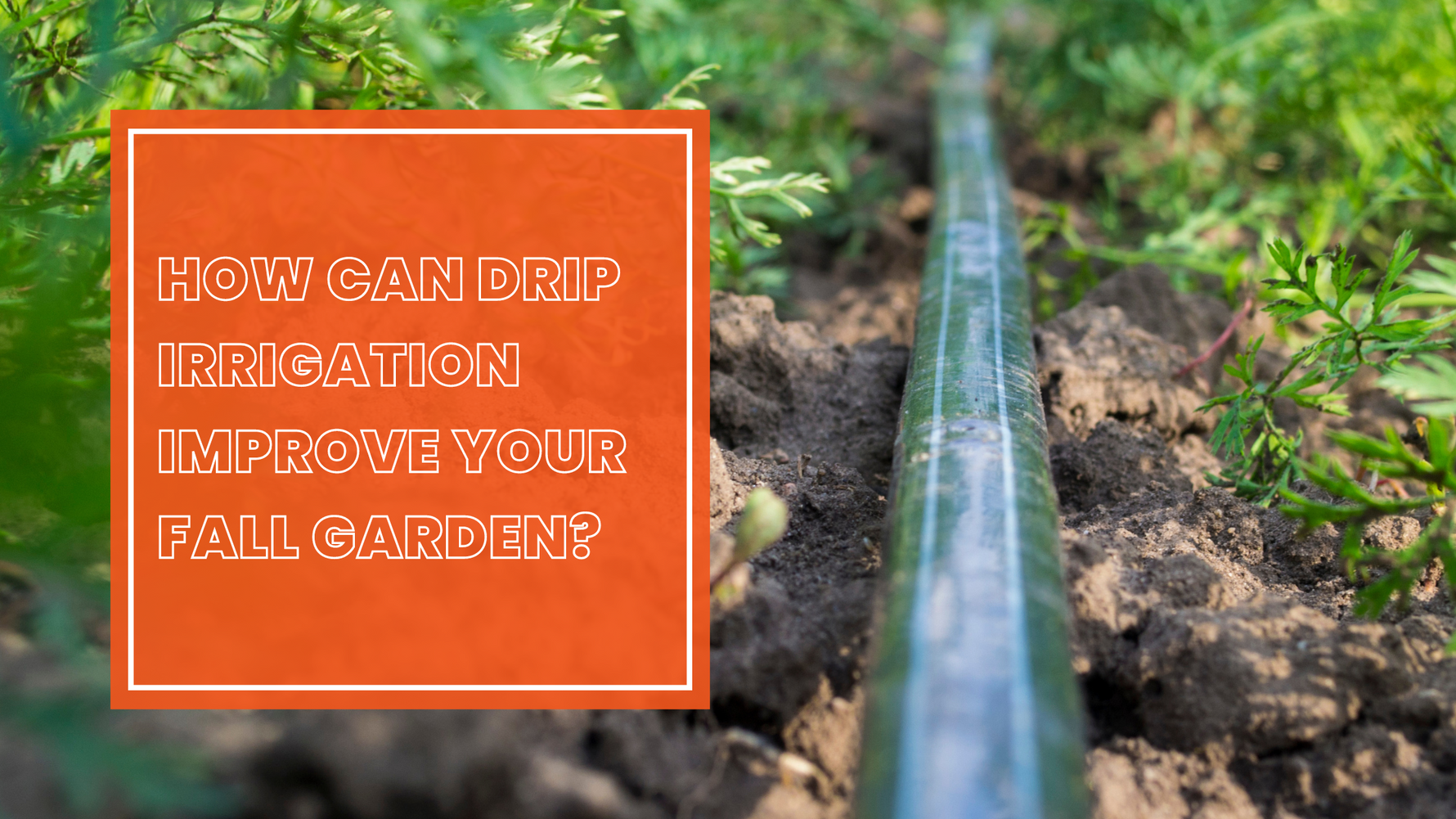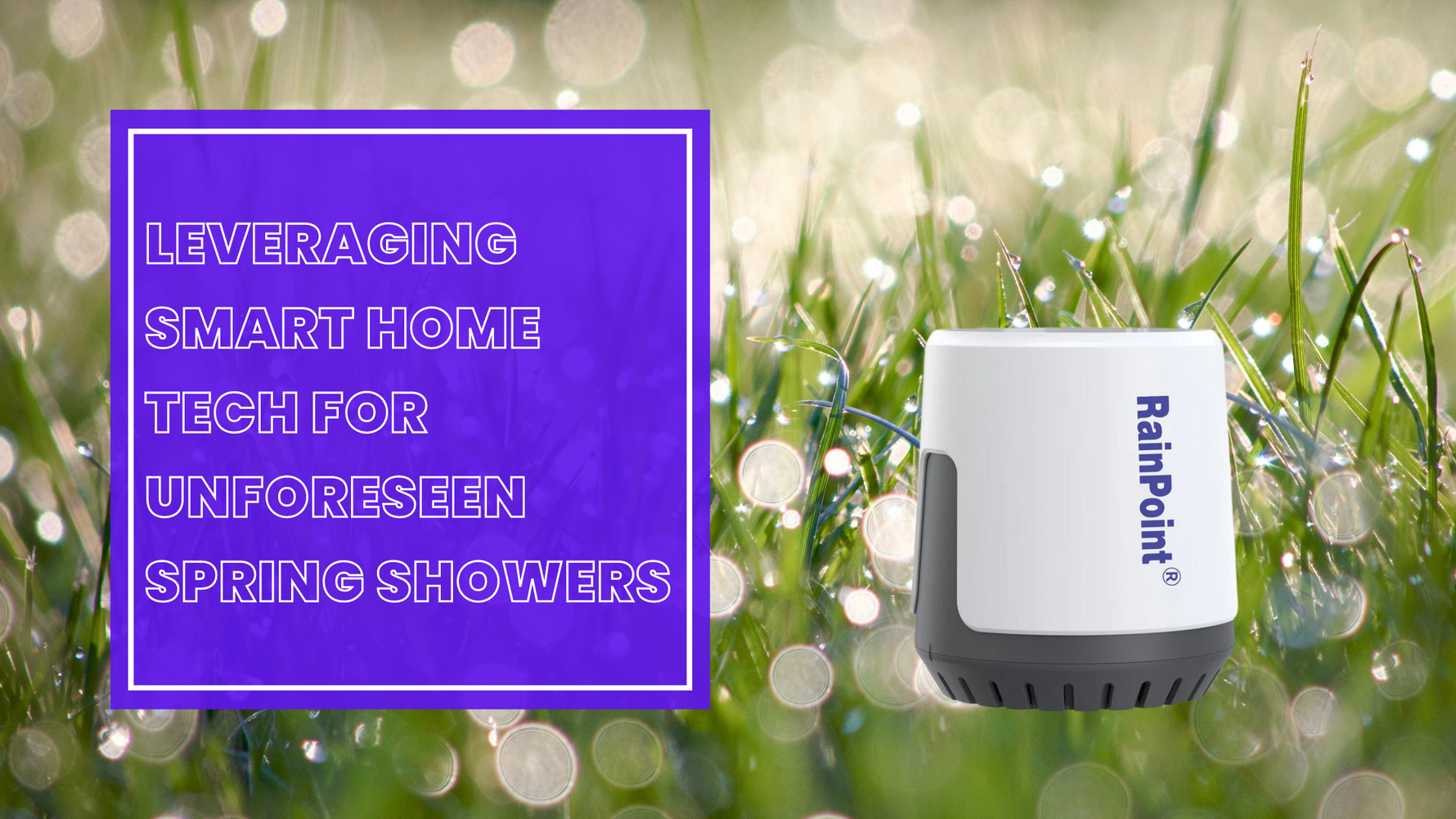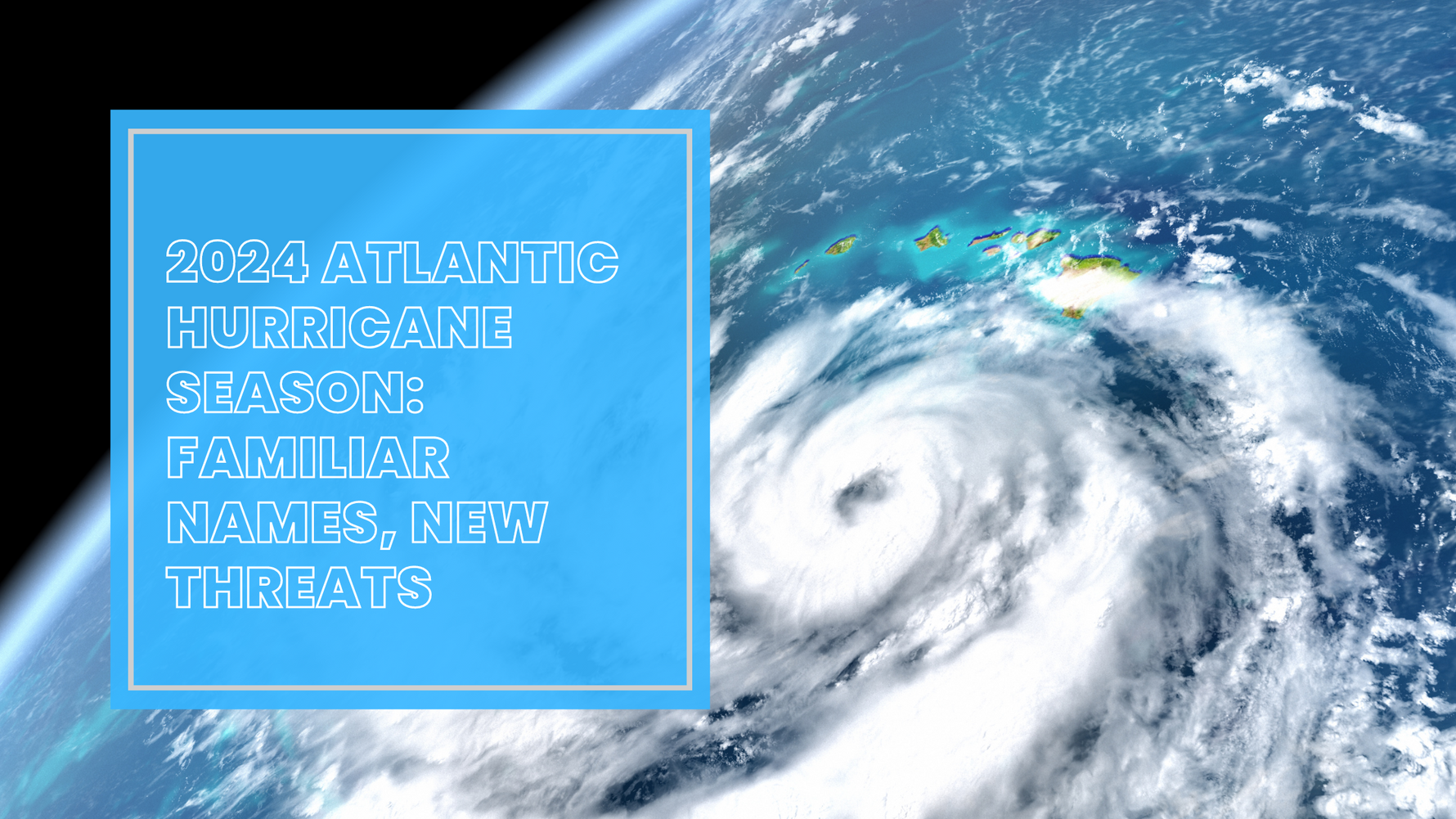As the summer sun beats down, keeping your lawn lush and vibrant can feel like an uphill battle. Traditional sprinklers often unleash an unnecessary deluge, leaving your grass waterlogged and your wallet feeling parched. But what if there was a way to water your landscape intelligently, ensuring healthy growth while conserving this precious resource? Enter the world of smart irrigation, a technological revolution quietly transforming our lawns and gardens.
What is Smart Irrigation, and How Does it Work?
Forget the days of rigid watering schedules and mindless hose watering. Smart irrigation systems are technological marvels that utilize sensors, weather data, and even artificial intelligence (AI) to deliver the exact amount of water your plants need, when they need it most.
Here's a breakdown of the magic behind smart irrigation:
Sensors: These are the eyes and ears of the system. Soil moisture sensors are like tiny detectives, buried beneath the surface to measure moisture levels. Weather sensors, akin to miniature weather stations, monitor factors like temperature, wind speed, and rainfall.
Smart Controller: This is the brain of the operation. It analyzes data from the sensors and weather forecasts, then calculates the optimal watering schedule based on your specific plant needs and local conditions.
Targeted Watering: Gone are the days of blanket watering. Using the collected data, smart controllers direct sprinklers or drip irrigation systems to deliver water precisely where it's needed, eliminating waste and overwatering.
>> Shop Irrigation Timers
Top 5 Benefits of Smart Irrigation
Smart irrigation isn't just about convenience; it's a game-changer for your landscape and the environment. Here are the top five benefits:
Water Conservation Champion: Studies show smart irrigation can reduce water usage by a staggering 20-50%. This translates to a healthier planet and lower water bills for you!
Happy and Healthy Plants: Smart irrigation ensures your plants receive the perfect amount of water, fostering healthy growth and resistance to disease. No more underwatered, wilting plants or overwatered, fungus-prone landscapes.
Effortless Efficiency: Imagine a world where watering your lawn becomes a breeze. Smart irrigation automates the process, freeing you up for more enjoyable activities. No more lugging hoses or battling with outdated timers.
Eco-Warrior Status Unlocked: Every drop saved counts! With smart irrigation, you're actively contributing to water conservation, ensuring a sustainable future for our planet. It's a small change with a big impact!
Save Green, Be Green: Traditional watering methods often lead to wasted water and higher water bills. Smart irrigation systems minimize waste, saving you money and resources. It's a win-win for your wallet and the environment!
Did You Know?
The concept of smart irrigation dates back to the early 1990s with the development of basic sensor technology.
Modern smart irrigation systems can connect to your smartphone, allowing you to monitor and adjust watering schedules remotely, even while on vacation!
Some advanced systems integrate with weather forecasts, automatically stopping watering when rain is predicted.
Smart irrigation systems can be customized to account for different plant varieties and soil types, ensuring optimal water delivery for each plant.
Exploring Different Irrigation Systems
While sprinklers are a common sight, there's a whole world of irrigation options available. Let's delve into a few:
Drip Irrigation: This water-efficient method delivers water directly to the root zone of plants through a network of tubes and emitters. Perfect for gardens and flower beds!
Bubblers: These targeted watering systems are ideal for trees and shrubs, delivering water directly to the base of the plant.
Subsurface Irrigation: This invisible approach involves buried pipes with emitters that deliver water directly to the root zone, minimizing evaporation.
Rainpoint Smart Irrigation System
Here at Baldr Electronic, we're proud to support July's Smart Irrigation Month and its mission to promote water conservation. We recognize the importance of responsible water use, and smart irrigation systems are a powerful tool in this fight.
One innovative solution gaining traction is the Rainpoint smart irrigation system. It utilizes a combination of weather data, soil moisture sensors, and AI to create a truly intelligent watering solution. Rainpoint boasts features like:
Real-time weather monitoring: Adjusts watering schedules based on upcoming weather events.
Adaptive watering: Automatically adapts to changing soil conditions and plant needs.
Cloud-based control: Monitor and manage your system remotely through a user-friendly app.
The Rainpoint system is a great example of how smart
technology is transforming water conservation. By partnering with innovative companies like Rainpoint, Baldr Electronics is committed to providing solutions that support a more sustainable future.
Why is July Smart Irrigation Month?
Smart Irrigation Month, celebrated annually in July, serves a crucial purpose. It's a time to raise awareness about the importance of water conservation, especially during the peak summer months when water demand is at its highest. Here's why July holds such significance:
Peak Water Usage: July typically sees the highest water demand of the year. Lawns, gardens, and landscapes need extra moisture to survive the scorching summer heat. However, traditional irrigation methods often lead to significant water waste. Smart irrigation emerges as a sustainable solution to meet these peak demands efficiently.
Environmental Advocacy: Smart Irrigation Month acts as a platform to educate homeowners and landscapers about the environmental benefits of smart irrigation systems. By promoting water conservation, this initiative helps protect our precious water resources for future generations.
Economic Advantages: Smart irrigation doesn't just benefit the environment; it benefits your wallet too! By minimizing water waste, these systems significantly reduce water bills, saving homeowners money in the long run.
Baldr Electronics encourages everyone to embrace smart irrigation this July and beyond. It's a simple yet significant step towards a more sustainable future. Here are some ways to get involved:
Research Smart Irrigation Systems: Explore the various smart irrigation systems available and choose one that suits your needs and budget. Many manufacturers offer online resources and guides to help you make an informed decision.
Seek Professional Help: If you're unsure about installing a smart irrigation system yourself, consider seeking assistance from a qualified landscape professional. They can assess your property and recommend a customized irrigation plan.
Spread the Word: Talk to your friends, family, and neighbors about smart irrigation. Share the knowledge and encourage them to join the movement for water conservation.
By working together, we can leverage the power of smart irrigation to create a greener future, one drop at a time. Remember, every bit counts! Let's make July Smart Irrigation Month a stepping stone towards a more water-conscious lifestyle throughout the year.
At Baldr Electronics, we're dedicated to offering solutions that promote responsible water use. Visit our website to explore exciting products that complement smart irrigation systems and empower you to create a thriving, sustainable landscape!

